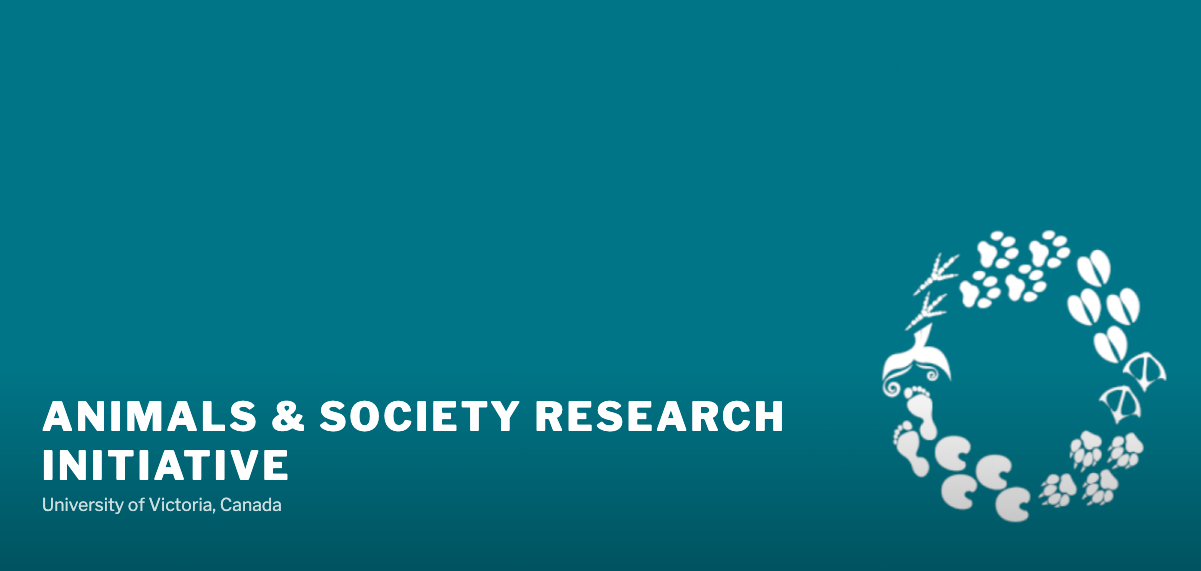In this era of the anthropocene, there are ever-heightened concerns over habitat and biodiversity loss as a result of human activity. From 1970 to 2014 global wildlife populations declined by an average of 60 per cent, with more pronounced losses of 89% of species in South and Central America, and 83% loss of freshwater species worldwide.[1] Amidst climate change concerns, changes are expected in migration and survival needs across human and non-human species, putting additional pressure on resources and ecosystems. Further, humans have countless relationships with other animals, in research, entertainment and tourism, as companions, and as clothing and food. In the USA alone, approximately 9 billion animals are consumed each year.[2] Despite the extensive relationships between humans and other species, there has been very little scholarly attention given to these relationships. This is particularly true in psychology, in which non-human animals have received little concern beyond models or tools for understanding human functioning.[3] Through my scholarship I offer perspectives in contrast to many mainstream and traditional approaches within these disciplines by challenging the human-animal dichotomy ingrained in theory and practice. Through my work I present the opportunity to deeply consider the billions of other animals with whom we interact, as more than just a largely invisible segment of human experience, but as social groups and individuals in relationship.
[1] WWF. (2018). Living Planet Report – 2018: Aiming Higher. Grooten, M. and Almond, R.E.A.(Eds). WWF, Gland, Switzerland.
[2] Joy, M. (2010). Why we love dogs, eat pigs, and wear cows: An introduction to carnism. San Francisco, CA: Conari Press.
[3] Amiot, C. E., & Bastian, B. (2015). Toward a psychology of human–animal relations. Psychological Bulletin, 141(1), 6.
Recommended Resources
Book: Anthropocene psychology: Being human in a more-than-human world
Adams, M. (2020). Anthropocene psychology: Being human in a more-than-human world. Routledge.
Article: Toward a psychology of human-animal relations
Amiot, C. E., and B. Bastian. (2015). Toward a psychology of human-animal relations. Psychological Bulletin, 141(1), 6-47.
Article: Roosters, hawks and dawgs: toward an inclusive, embodied eco/feminist psychology
jones, p. (2010). Roosters, hawks and dawgs: toward an inclusive, embodied eco/feminist psychology. Feminism & Psychology, 20(3), 365-380.
Book: The psychology of prejudice
Jackson, L. M. (2020). The psychology of prejudice: From attitudes to social action (2nd edition). American Psychological Association.
Note: Chapter 10: A Wider Lens
Describes prejudice in relation to environmental justice and more-than-human interactions
Book: Critical animal geographies: Politics, intersections and hierarchies in a multispecies world
Gillespie, K., & Collard, R. C. (Eds.) (2015). Critical animal geographies: Politics, intersections and hierarchies in a multispecies world. Routledge.
Book: Critical terms for animal studies
Gruen, L. (Ed.) (2018). Critical terms for animal studies (pp. 1-14). University of Chicago Press.
